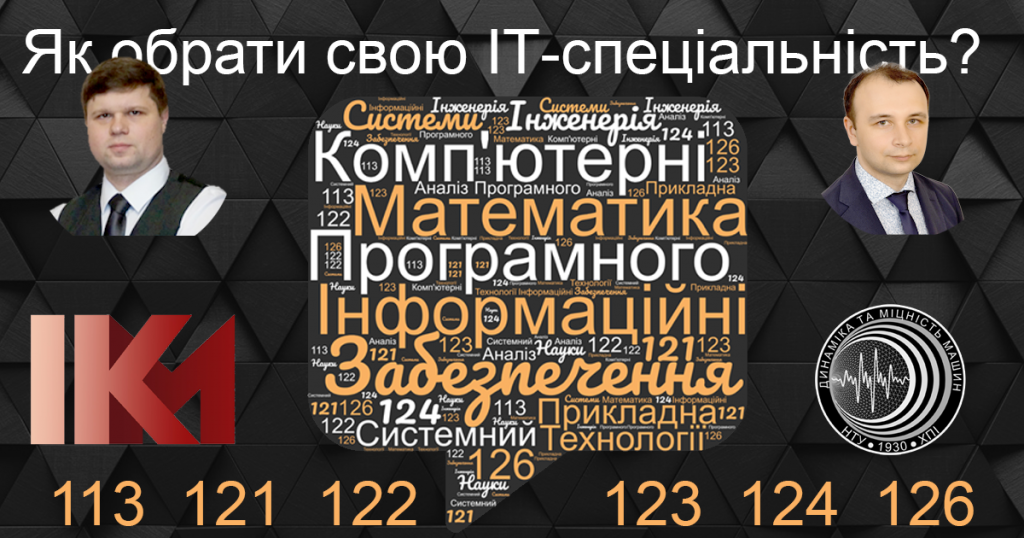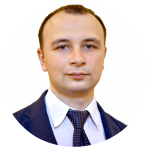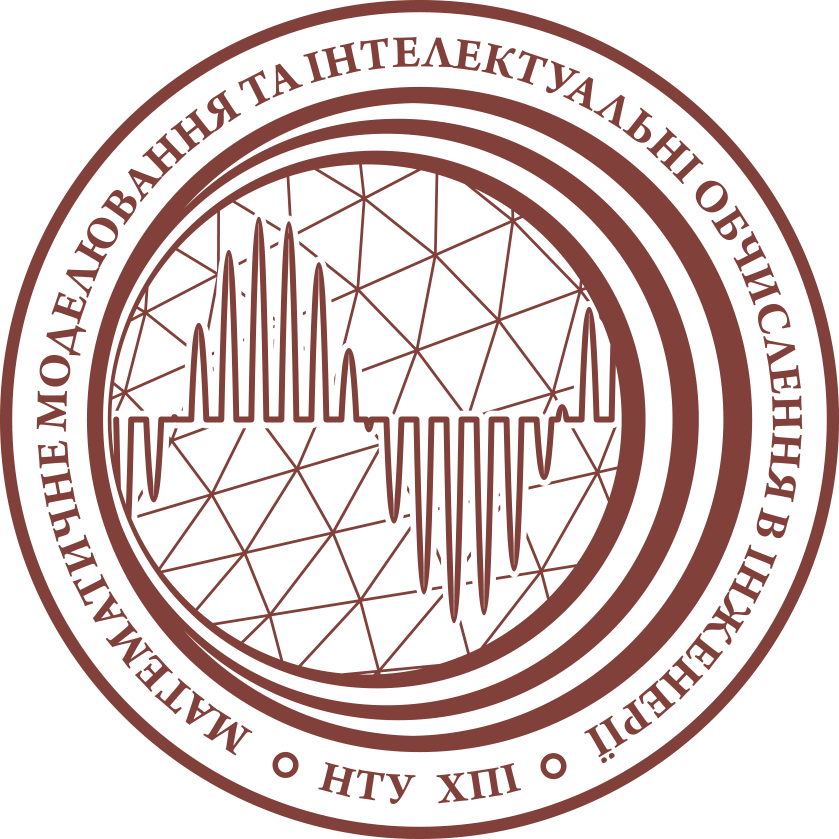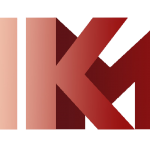
This article offers an independent view on the development and prospects of the IT industry in the future, how higher university education reacts to these trends. What are IT majors, what are the differences between them, and how to make your choice. This material is a recording of a conversation with the head of the Department of Mathematical Modeling and Intelligent Computing in Engineering, Oleksiy Aleksandrovich Vodka, and the director of the educational and scientific Institute of Computer Modeling, Applied Physics and Mathematics (ICM), Oleksiy Aleksandrovich Larin.

Vodka Oleksiy Oleksandrovych – Head of the Department of Mathematical Modeling and Intellectual Computing in Engineering, Candidate of Technical Sciences, Associate Professor, Laureate of the President of Ukraine’s Prize for Young Scientists.

Larin Oleksiy Oleksandrovych – Director of the Educational and Scientific Institute of Computer Modeling, Applied Physics and Mathematics (ICM), Doctor of Technical Sciences, Professor.

Department of Mathematical Modeling and Intelligent Computing in Engineering – graduating department in specialties F3 (122) “Computer Science” and F1 (113) “Applied Mathematics”, has been training specialists in the field of mathematical modeling since 1930, and has been training specialists in computer science since 1999, the department is part of Educational and Scientific Institute of Computer Modeling, Applied Physics and Mathematics (ICM).

Institute of Computer Modeling, Applied Physics and Mathematics (ICM) – Today, the Institute of Computer Modeling, Applied Physics and Mathematics is a unique synthesis of deep physical and mathematical training, fundamentals of computer science, modern information technologies and skills of a practical engineer. We provide academic university education and areas of its applied implementation – this is the renaissance of the world-famous training system – “physic-tech”.
Introduction

Today, many young people are thinking about linking their future with the IT business. This is a reaction to the active growth of the IT industry in the world and in Ukraine, to the existing huge demand for relevant specialists.
Modern IT has gone through a transformation stage, and has grown from an information and entertainment and office application to total digitalization, which gradually and relentlessly penetrates all spheres of life, all sectors of the economy. IT specialists create software services and products for the financial sector, medicine, agriculture, of course, engineering and technology, and so on. Information solutions are becoming more specialized, and therefore complex and extensive, almost all of them have network components, transmit and process a large amount of data.
Today, the use of Internet technologies is the norm for any product, the use of physical microelectronics elements for collecting data streams and artificial intelligence methods for intelligent analysis of this data for automated decision-making is increasing.
The complexity of the software products that are created determines the features of the life cycle and methodology of their development. Today, we always work in teams on specific projects. These projects must go through typical production stages:
- Formation of the technical task;
- Design of the future program (formation of models, algorithms, creation of the architecture of the future system, selection of technologies for implementation);
- Implementation – the use of existing technologies to reproduce the intended;
- Testing and implementation.
I want to emphasize that flexible methodologies for implementing this cycle today involve spiral reproduction and controlled iterations. This, in a sense, mixes the stages with each other. But the more complex the task, the more important is the specialization and independence of specialists for each specific type of work. For the success of the project, it is important to achieve high-quality results at all stages.
The first stage – statement of the technical task – is the translation of the problem from the usual subject area into the language of programmers. The relevant specialists must have good knowledge in the field of IT technologies and existing approaches. The intersection of analytical skills with SoftSkills (soft skills, such as communication, teamwork, etc.) is important here.
The second stage, perhaps the most difficult and creative, is creating an IT solution. The relevant specialists must develop a concept, idea, identify models and approaches, and develop algorithms for implementation. This is creative work, which at the same time requires an analytical approach and in-depth knowledge in the field of computer science, mathematics, and sometimes physics. Without a high-quality higher education, it is impossible to be a real architect of new IT solutions!
The third stage — technological — in fact, it is about the availability of specialists with good knowledge in the field of technologies and skills in their application. The relevant specialists are often called coders — that is, people who write software code. Technological work can also be called work that requires skills in using IT tools for various applications.
The last (fourth) stage of any lifecycle iteration is testing — it is mostly routine work. Many of its traditional components can be automated. In the near future, we should expect a transformation — the transition to the use of intelligent analytical tasks in the field of assessing the quality of products and services, ensuring the stability of their functioning. Such work will become analytical and will require not only technical skills, but also in-depth theoretical knowledge.
If we summarize the main stages of creating IT products and/or services, there are two global areas: working with technologies (technological), and designing systems (engineering).
A specialist in the engineering field is someone who invents, designs, models new solutions and analyzes the results;
A specialist in the technological field is someone who has the tools adequate to implement what the engineer invented.
Paradigms in IT
The modern IT world consists of four main paradigms, and they have already been briefly discussed above, but for a better understanding of the specialties, let’s look at them again.
So, the first, closer to physics and hardware, is related to programming for devices, devices, such as: smart gadgets, various trackers, household appliances, and not only household ones. Smart devices are widely used in modern mechanical engineering, engineering. Now there are a lot of them, and they are increasingly penetrating our world. This is all, so-called, hardware. But this is software development for hardware, programming for hardware.
The second part is classical software development, software development in the classical sense. Development of web services, mobile applications, development of classic desktop programs. This area is very powerful and will actively develop in the coming years.
The third part is the mathematical part. Let’s call it “Analytics and Modeling”. We understand that the further digitalization progresses, the more data is generated. Therefore, this data needs to be analyzed. Artificial intelligence systems, data mining and other complex algorithms are crucial here. This is a new, interesting, turbulent world, and it is an integral part of the IT industry. Therefore, as in previous areas, programmers are needed who will implement all this in the form of code.
And the last, fourth, but perhaps the largest part, is related to the management and administration of complex information systems. Over time, all information systems become more complex, this is typical for all systems, from those used in an ordinary supermarket to extremely powerful systems based on cloud technologies. Therefore, effective management of such systems is becoming increasingly important.
Four blocks were presented above:
- Device Programming;
- Classical Programming;
- Analytics and Modeling;
- Management and Administration;
And each IT Specialty is based on them. And in order to better understand, we have prepared an infographic for you.
IT Specialties: What do they consist of?
Now let’s talk about which specialties in universities in Ukraine and the World train specialists and for which areas of activity: where more engineering, and where more technological.
Specialties F2 (121) — Software Engineering and F6 (126) — Information Systems and Technologies
Typical technological specialties are F2 (121) — Software Engineering and F6 (126) — Information Systems and Technologies. These two specialties, in accordance with international education standards and the standards of the Ministry of Education and Science of Ukraine, determine the technologies and tools for developing software and information systems as their main focus in training. Specialty 121 trains classic programmers — coders, and F6 (126) — specialists in creating, administering and maintaining information systems. Practical experience and relevance of technological skills are of extreme value for work here. The demand for relevant specialists in Ukraine is currently huge, since the existing IT business has out-source and out-staff models, that is, they perform work on already formed tasks and projects. However, it should be noted that recent trends indicate a change in the orientation of most Ukrainian companies towards a service model or a product model. This will eventually lead to changes in the requirements for specialists and their purpose.
Specialties F3 (122) — Computer Science and F7 (123) — Computer Engineering
Classical engineering IT specialties are F3 (122) — Computer Science and F7 (123) — Computer Engineering — these are those specialties that train specialists to create new algorithms and new technical IT solutions. The focus of training in these specialties is on algorithms and methods of collecting and processing data and information. In the educational process, significant attention is paid to fundamental mathematical training, theoretical aspects of computer science and, sometimes, physics. Specialists in these specialties are architects of IT solutions, responsible for their quality, efficiency, and reliability of models. F7 (123) specialty focuses on device programming, working with the so-called hardware. Specialists must have a good understanding of electronics, be able to program at a “low” level, at the level of interaction of programs with equipment, at the level of drivers, sensors, processors and operating systems.
F3 (122) specialty has computing and algorithmic sciences at its heart. It contains quite a lot of mathematics, which provides analytics in training, prepares for a different paradigm of IT work compared to classical development. This paradigm is that the final result of the specialist’s work is a computer model (in the form of: mathematical, algorithmic or digital). A model that is able to reproduce in the digital dimension a real physical process or object, which allows automated (without human intervention) decision-making, finding optimal or effective parameters. It should be noted that much attention is paid to programming issues, as well as knowledge in the field of technology. Indeed, the 122nd specialty pays more attention to mathematical training than the technological specialties, but the models and algorithms here are considered not in themselves in abstraction, but in the form of programs that should be invented and implemented. Specialists write code and create programs that analyze, optimize, classify, visualize and, of course, those that will be built into information systems or software applications for their final purpose. The IT sector in the world is currently experiencing a boom and transformation due to the ever-growing demand for specialists with appropriate training – these include specialists in the field of artificial intelligence, machine learning, Data Scientists. It should also be emphasized that today we live in a time when the largest scientific and technological IT centers are discussing the creation and implementation of a meta-universe – a virtual digital copy of the surrounding world, which is supposed to be integrated into our real everyday life. And it’s not just about virtual and augmented reality as a visualization of computer models – it’s about creating models that are capable of giving us answers similar to the real objects they represent. In order to recreate such an ambitious task and become part of the new digital era, to be among its engineers and architects, it is necessary not only to own certain technologies, but also to understand the laws of nature and the mathematical equations that model them.
Specialties F4 (124) — Systems Analysis and F1 (113) — Applied Mathematics
At this point, it is very appropriate to recall the most mathematical specialties F4 (124) — Systems Analysis and F1 (113) — Applied Mathematics, which are suitable in their training for the problems described above precisely from the mathematical side. The difference here is that specialists from the first specialty focus more on development, but carry out analysis of systems for their further computer implementation (see the first stage of the life cycle), or carry out analysis of the information system itself in order to optimize or maintain its efficiency (see the last stage of the life cycle). The F1 (113) specialty, according to its name, is about mathematics that should be applied to solve practical problems. The basis of the specialty is the training of specialists who are able to create adequate mathematical models for various practical problems and choose mathematical methods and approaches to solve these problems. We mention the F1 (113) specialty in the context of IT because the real implementation of applied mathematical methods is possible only with the use of so-called computational methods and corresponding algorithms as a tool. A modern applied mathematician has extensive basic training in IT disciplines, but a very large amount of time is spent studying mathematical modeling methods and applying these methods in the form of programs.
Summary
As a summary, I want to say that all IT specialties train specialists who are able to create new programs, work with complex specialized software, teach modern technological tools and basic knowledge in the field of mathematics and programming. The main question regarding the difference in specialties is the question of which aspect receives more time and attention, if attention and time are concentrated:
- on technologies that should be used for program development, this is F2 (121);
- on issues of design, creation of models and algorithms with subsequent programming, this is F3 (122);
- on management and interaction with hardware devices, this is F7 (123);
- on management and deployment of information systems – F6 (126);
- on issues of modeling and analysis and F1 (113) and F4 (124).
Conclusions:
We have analyzed the main specialties of the IT industry, and you can see the entire spectrum of basic IT directions, and see the reflection of this spectrum through the prism of specific specialties. The IT universe is developing and becoming wider, which future work suits you more – technological direction, or aimed at creating new algorithmic and architectural solutions – is up to you to decide.
If you are looking for where to enter, then pay attention to the educational programs:
- F3 (122) – Computer Science. Educational program: Modeling, design and computer graphics.
- F1 (113) — Applied Mathematics Computer and Mathematical Modeling
Choose your path to the IT future.
Choose NTU “KhPI”
Useful links:
We have prepared some useful links for you.
- Educational program in the specialty F3 (122) Computer Science. Modeling, design and computer graphics. Educational trajectory Process modeling, data processing and analysis
- Educational program in the specialty F1 (113) Applied Mathematics Computer and Mathematical Modeling.
- Site of the Department of Mathematical Modeling and Intelligent Computing in Engineering
- Site of the Faculty of Computer Science
- Other educational programs on the website of the Institute of Computer Modeling of NTU KhPI
- Other educational programs at NTU KhPI
- Do you have any questions? Join our telegram chat for F1 (113) specialty. And for F3 (122) specialty. Live communication and answers to all questions
